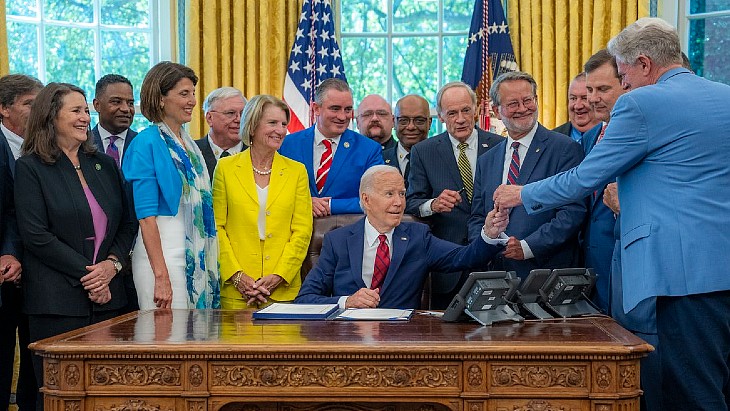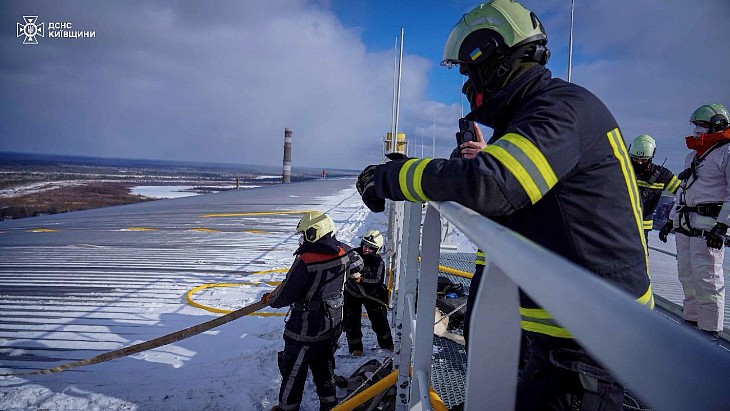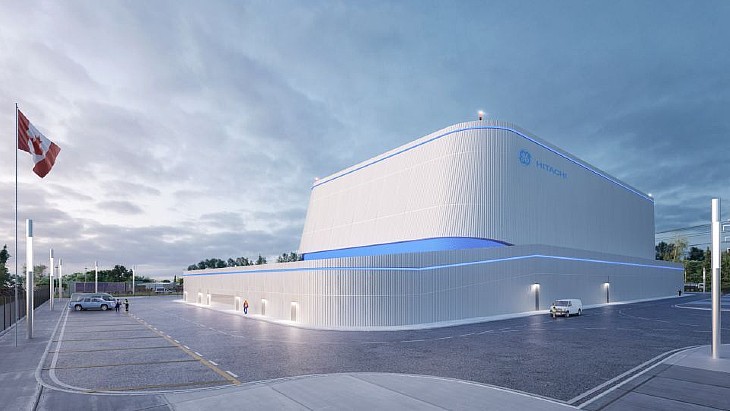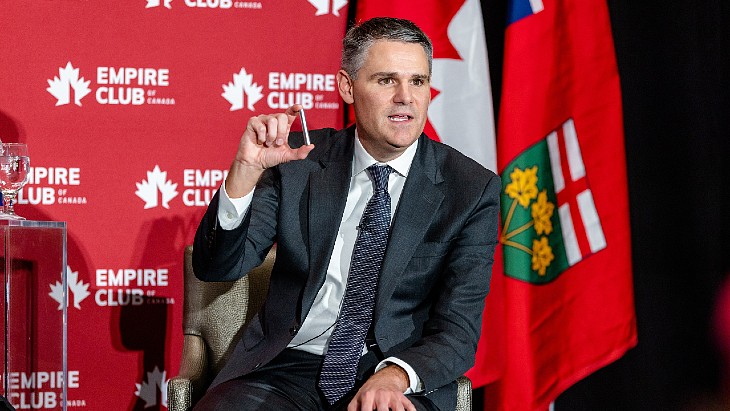Procedural errors led to WIPP release, say investigators
The radiological event at the Waste Isolation Pilot Plant (WIPP) in New Mexico in February 2014 resulted from shortcomings within both contractor and federal processes, the accident investigation board has concluded. The release, it said, was preventable.
The accident investigators completed an investigation at WIPP and Los Alamos National Laboratory (LANL) to examine the cause of the radiological release at WIPP and identify managerial controls and safety measures necessary to prevent or minimize the probability or severity of a recurrence of this type of accident.
In its Phase 2 report, released yesterday by the Department of Energy (DOE) Office of Environmental Management (EM), the accident investigation board noted that nitrate salt wastes originally packaged and placed in storage between 1979 and 2007 were subsequently remediated, with WasteLock 770 absorbent, an organic compound, added to the drums. However, in early 2012, LANL "incorrectly concluded that nitrate salt drums did not meet the Environmental Protection Agency ignitability or reactivity criteria", the investigators said.
Following concerns about the compatibility of the WasteLock 770 absorbent with the nitrate salt waste matrix, Los Alamos National Laboratory Carlsbad Office (LANL-CO) issued new packaging guidelines in July 2012. A revision to the glovebox operations procedure for repackaging the nitrate salts - prepared by Los Alamos National Security (LANS), which manages LANL on behalf of the DOE - stated "ensure an organic absorbent (kitty litter/Zeolite absorbent) is added to the waste material at a minimum of 1.5 absorbent to 1 part waste ratio."
New head for NWP
Philip Breidenbach will replace Bob McQuinn as president and project manager of Nuclear Waste Partnership (NWP), the management and operating contractor at WIPP. NWP is a partnership between AECOM, Babcock & Wilcox and Areva.
"Bob has done a tremendous job leading the recovery effort at WIPP since he arrived in March 2014," said James Taylor, executive vice president and general manager of nuclear and environment for AECOM's management services group. "Under Bob's guidance, the NWP team has made great progress in restoring the safety systems at WIPP. Numerous corrective actions have been completed under Bob's leadership."
"Now that WIPP is on a clear path to recovery, this is a logical time to make a leadership change and Phil Breidenbach will do an outstanding job," he added.
The investigation board concluded that specifying the use of "organic" absorbent and the omission of the word "clay" was not in line with LANL-CO recommendations.
In October 2012, workers began remediation of nitrate salt waste drums previously remediated with WasteLock 770 using SwheatScoop organic cat litter. One particular drum was processed on 4 December 2013 and delivered to WIPP on 29 January. It was put in place within Panel 7 Room 7 of the facility two days later. It was this drum that lead to the radiological release.
SwheatScoop cat litter is made from wheat and therefore contains carbohydrates which provided fuel for a chemical reaction with the metal nitrate salts being disposed of. The reaction was exothermic, which means it produced heat. The increase in temperature then accelerated the reaction, leading to a runaway effect which eventually produced enough heat and gas to overcome the barrel's vent and seal to cause a release of some radioactive material.
The board's findings identify shortcomings within both contractor and federal processes at LANL, WIPP, EM, and the National Nuclear Security Administration. In its report, the investigators make several recommendations.
"If LANL had adequately developed and implemented repackaging and treatment procedures that incorporated suitable hazard controls and included a rigorous review and approval process, the release would have been preventable," the investigators concluded.
DOE's deputy under secretary for management and performance, David Klaus, said, "WIPP is an important national resource that will recover from this unfortunate incident." He added, "The errors that led to the shutdown of the facility were preventable, and we are developing corrective actions that provide greater rigor in all aspects of the oversight of TRU waste disposition."
This report follows the accident investigation board's Phase I Report, which focused on the immediate response to the radiological event. The board also conducted a separate investigation into the 5 February 2014 truck fire in the underground portion of the WIPP facility, which it concluded had no impact of the stored waste.
WIPP is owned by the DOE and operated by Nuclear Waste Partnership and is the country's facility for the disposal of transuranic, or TRU, nuclear waste from the US military program. The waste - clothing, tools, rags, residues, debris, soil and items contaminated with small amounts of plutonium and other man-made radioactive elements - is sealed in containers and placed in panels carved out of the underground rock salt formation. The surrounding salt ensures a dry environment while natural geologic processes cause the salt to compact around the packages. Detecting the rupture via air ventilation and monitoring systems on 14 February 2014, WIPP managers evacuated the site, shut down its operation and began an investigation. No significant radioactivity reached the surface.
The plant is expected to restart operations in 2016.
Researched and written
by World Nuclear News












